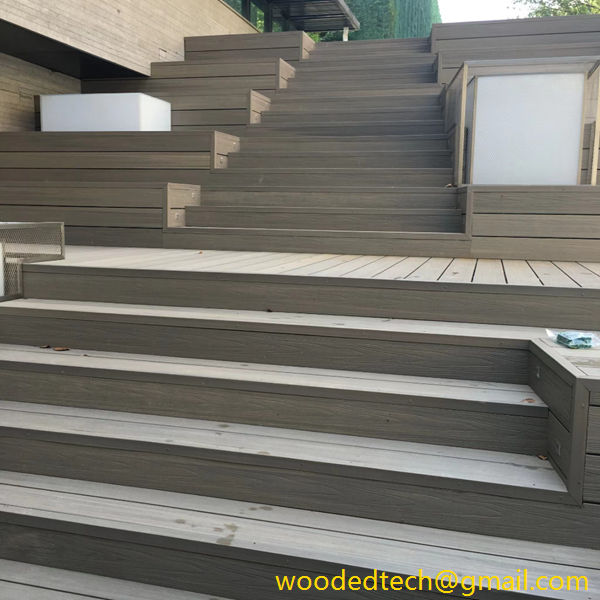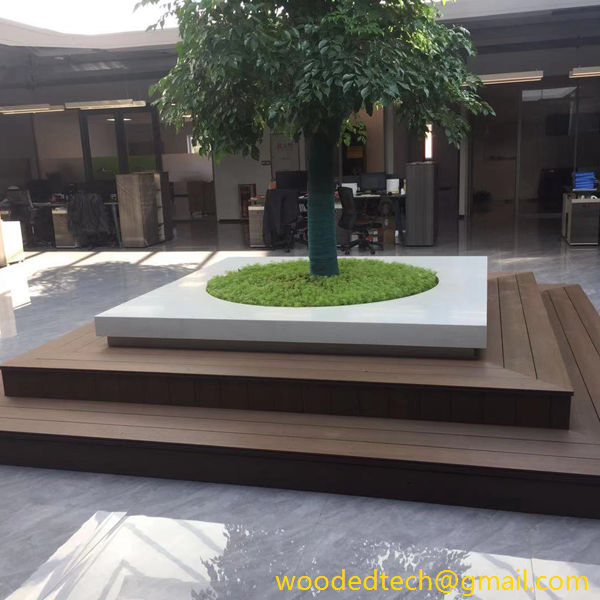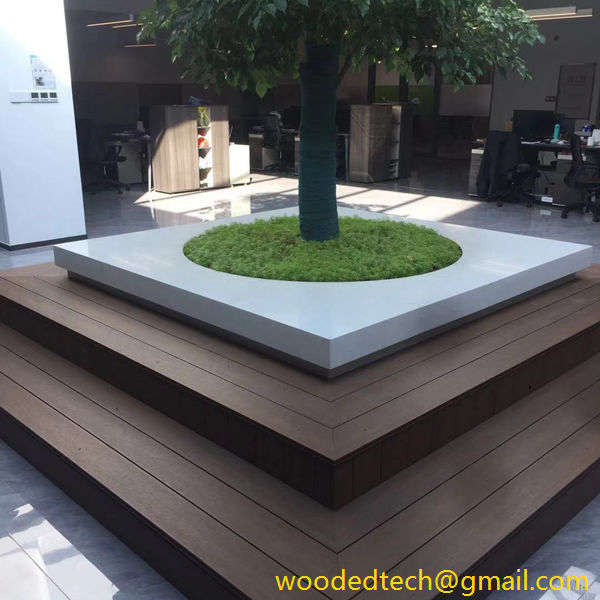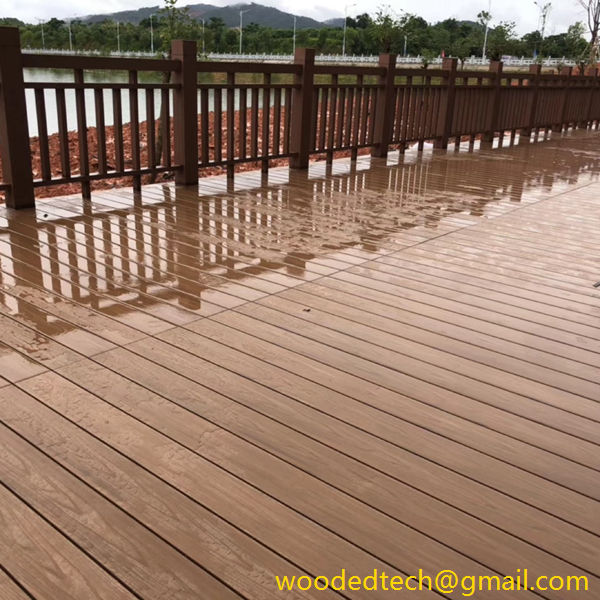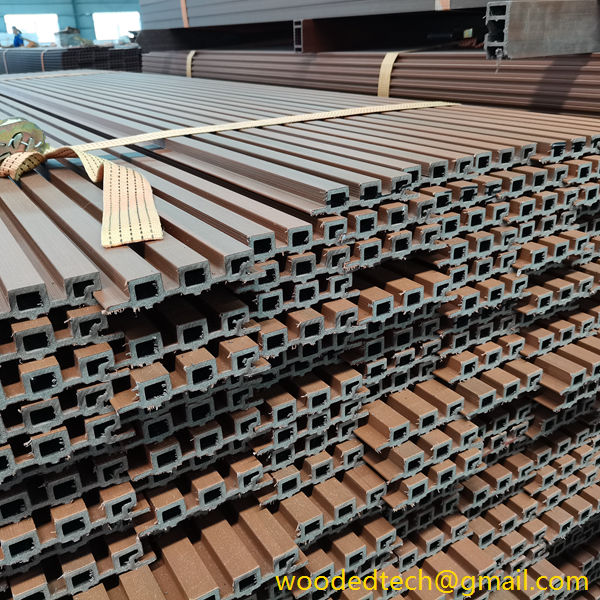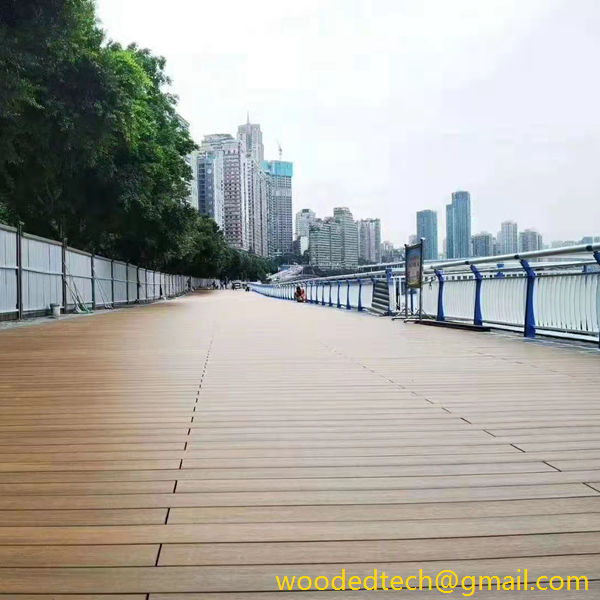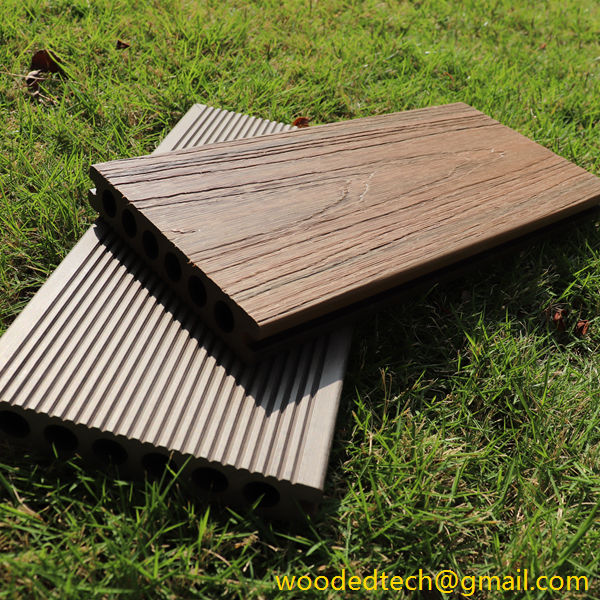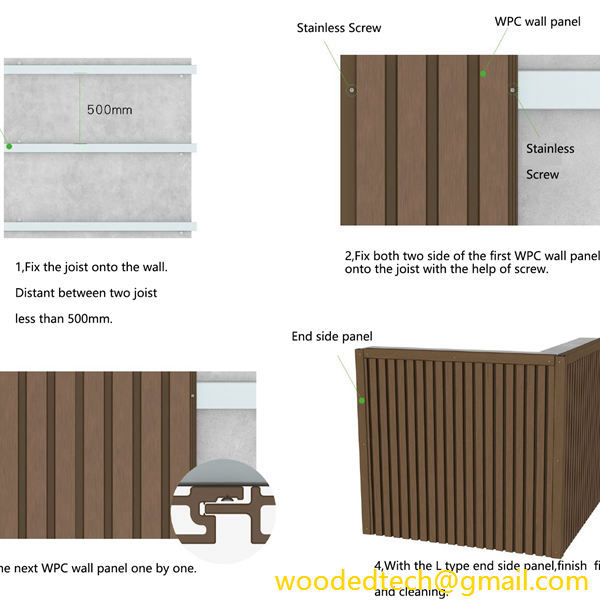Designing Deck Composite Stairs for Safety and Style
Designing Deck Composite Stairs for Safety and Style When it comes to outdoor living spaces, decks are often the centerpiece, providing a perfect setting for relaxation, entertainment, and family gatherings. However, to maximize the functionality and aesthetic appeal of a deck, it is essential to ensure that the access points, particularly stairs, are designed with…
Designing Deck Composite Stairs for Safety and Style
When it comes to outdoor living spaces, decks are often the centerpiece, providing a perfect setting for relaxation, entertainment, and family gatherings. However, to maximize the functionality and aesthetic appeal of a deck, it is essential to ensure that the access points, particularly stairs, are designed with safety and style in mind. Composite materials have become increasingly popular for decking and stairs due to their durability, low maintenance requirements, and versatility in design. This article explores how to create composite stairs that prioritize safety while enhancing the overall style of your outdoor space.
One of the foremost considerations when designing stairs is safety. Stairs must be built to withstand heavy foot traffic, and their design must comply with local building codes and regulations. Standard building codes recommend that stairs have a consistent rise and run, typically with a rise of 7 inches and a run of 11 inches. These dimensions help ensure that stairs are comfortable to navigate, reducing the risk of trips and falls. When designing composite stairs, it is crucial to adhere to these guidelines while also considering the specific needs of the users, such as children or elderly individuals.
Another essential safety feature for stairs is the installation of handrails. Handrails provide support and guidance, especially for those who may need assistance while navigating stairs. When designing composite stairs, handrails should be placed at a height that is comfortable for users, typically between 34 and 38 inches from the nosing of the stair tread. Additionally, handrails should be made from materials that complement the composite decking, ensuring that they are both functional and visually appealing. The choice of color, texture, and style can significantly impact the overall design, allowing homeowners to create a cohesive look throughout their outdoor space.
In addition to handrails, it is vital to consider the tread surface of composite stairs. The tread should provide adequate traction, especially in wet conditions, to prevent slips and falls. Many composite decking products come with textured surfaces that enhance grip and reduce the risk of accidents. When selecting composite materials for stairs, look for those that are specifically designed for high-traction surfaces. Additionally, incorporating non-slip strips or coatings can further enhance safety, providing peace of mind for homeowners and their guests.
While safety is paramount, the visual appeal of composite stairs should not be overlooked. Composite materials offer a wide range of colors, styles, and finishes, making it easy to create stairs that enhance the overall aesthetic of your deck. Homeowners can choose from wood-like finishes that mimic the appearance of natural wood to modern, sleek designs that offer a contemporary look. By selecting a color palette that complements the existing deck and surrounding landscape, homeowners can create a cohesive outdoor space that is both functional and beautiful.
Incorporating design elements such as lighting can further elevate the style of composite stairs while also enhancing safety. LED stair lights can be installed along the side of the stairs or integrated into the risers, providing illumination that guides users safely up and down. Not only does this improve visibility at night, but it also adds an elegant touch to the overall design. Homeowners can choose from various lighting options, including recessed lights, step lights, or even solar-powered fixtures, allowing for flexibility in design and energy efficiency.
Another design consideration is the integration of landscaping around the stairs. Adding plants, flowers, or decorative stones can create a welcoming atmosphere while also providing a natural barrier that delineates the stairway from other areas of the deck. This not only enhances the visual appeal but also serves a functional purpose by guiding users safely to the stairs. When selecting landscaping elements, consider low-maintenance options that thrive in your climate, ensuring that your outdoor space remains beautiful without requiring extensive upkeep.
Maintenance is another significant advantage of composite stairs. Unlike traditional wood, which requires regular staining, sealing, and repairs, composite materials are designed to withstand the elements without deteriorating over time. This not only saves homeowners time and money but also ensures that the stairs remain safe and visually appealing for years to come. To maintain the beauty of composite stairs, a simple cleaning with soap and water is typically all that is needed. This ease of maintenance allows homeowners to enjoy their outdoor spaces without the burden of constant upkeep.
In conclusion, designing composite stairs for a deck involves balancing safety with style. By adhering to building codes, incorporating safety features such as handrails and non-slip surfaces, and enhancing the visual appeal through thoughtful design choices, homeowners can create a stairway that serves as a safe and attractive access point to their outdoor living space. With the added advantage of low maintenance, composite stairs offer a practical solution that allows homeowners to enjoy their decks without the hassle of constant upkeep. Ultimately, investing in well-designed composite stairs can enhance the overall experience of outdoor living, making it a delightful retreat for family and friends alike.

